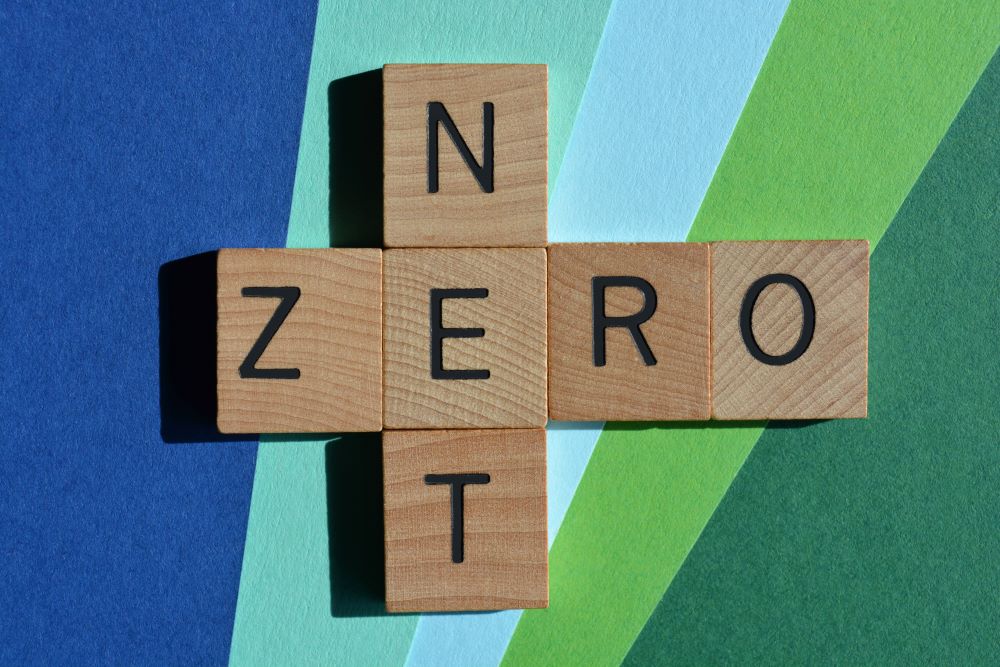
With a growing focus on the need to achieve net zero by 2050, the world of international trade is being increasingly challenged to work within tougher environmental constraints.
The UK’s Net Zero Review, published last week, listed more than a hundred recommendations on moving towards this goal. The IOE&IT Daily Update here looks at some of the other recent key stories and developments in the green trade arena.
1: Businesses call for support in transition
Trade body MakeUK suggests critical infrastructure investment is needed if the UK is to avoid being undercut by “imports that are not made with the same bold environmental goals” as domestic goods. Richard Warren, the organisation’s head of policy for the steel sector, pointed to the extra electricity needed to decarbonise steel as an example of support needed.
“UK steelmakers currently pay almost 60 per cent more (for electricity) than their European counterparts and there’s a growing risk that the UK will be pushed out of their domestic market by steel producers elsewhere in countries like France, Germany, Sweden and Canada that have been aided in the transition by their governments,” he told the Times.
2: Ports exposed to maritime hazards
An analysis of 1,340 ports by the Environmental Change Institute (ECI) found 40% are exposed to maritime hazards that included problems caused by the changing climate.
The research showed that almost nine in ten major ports globally are exposed to damaging climate hazards. Port-specific risk amounted to a median of around $7.5bn a year, reports the Loadstar.
Environmental experts predicted that soon ports would have to choose between a fail-safe approach where ports are built to cope with adverse weather conditions or safe-fail ports that will suffer but can be rebuilt quickly.
3: Net zero could come early
The world could reach net zero greenhouse gas emissions in the early 2040s if governments set more stretching goals and make bold policy decisions, according to the UK’s outgoing climate business expert Nigel Topping.
The Guardian reports his assertion that the UK’s Climate Change Committee produced a plausible scenario by which the UK could reach net zero by 2042.
Topping also said that rich countries should see rapidly growing developing countries as competitors in the clean technology race, rather than focusing on their high emissions.
4: Flat batteries
Politico reports that the UK’s efforts to transform itself into a post-Brexit clean car specialist are suffering from the failure of Britishvolt.
The UK has also seen Honda leave its Swindon plant and Tesla opt out of a direct investment in favour of Berlin. BMW said it will shift production of its electric Mini abroad.
According to the Faraday Institution, a clean mobility research group, the UK will need to build five gigafactories by 2030 just to maintain the needs of the remaining national industry that’s going electric, and will need 10 by 2040.
5: EU agenda
EC president Ursula von der Leyen has outlined the EU’s transformation agenda and highlighted the need for open and fair trade to deliver net zero globally.
Economies will rely increasingly on international trade to transition, with access to more markets and inputs needed for industry, she said in Davos last week.
“The International Energy Agency estimates that the market for mass-manufactured clean energy tech will be worth around USD 650 billion a year by 2030 – more than triple today’s levels,” she said.
Von der Leyen also said the EU would work with the US on the tensions arising from the American Inflation Reduction Act which threatened European carmakers’ competitiveness in North America.



